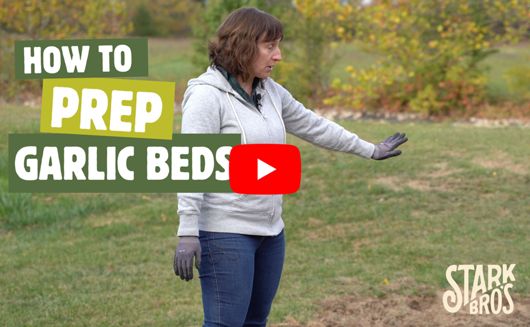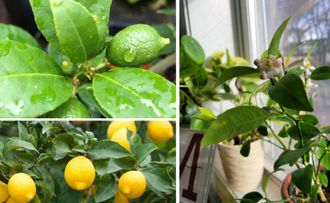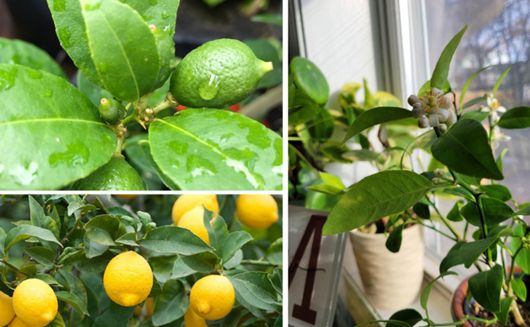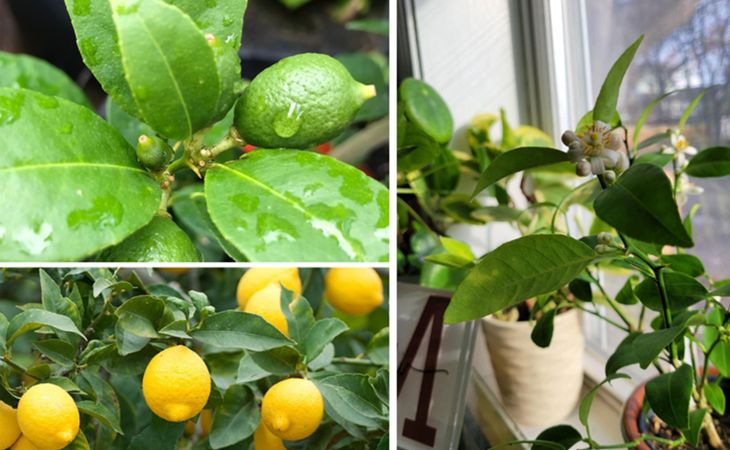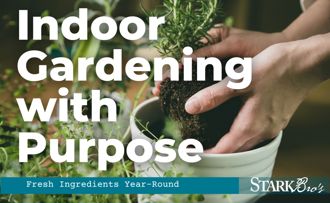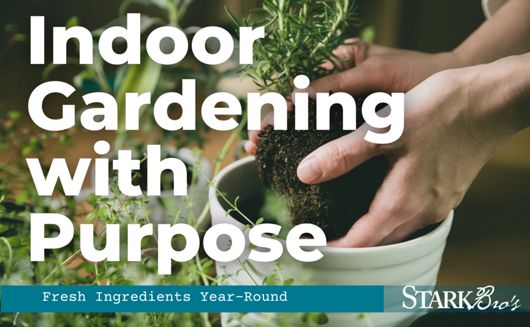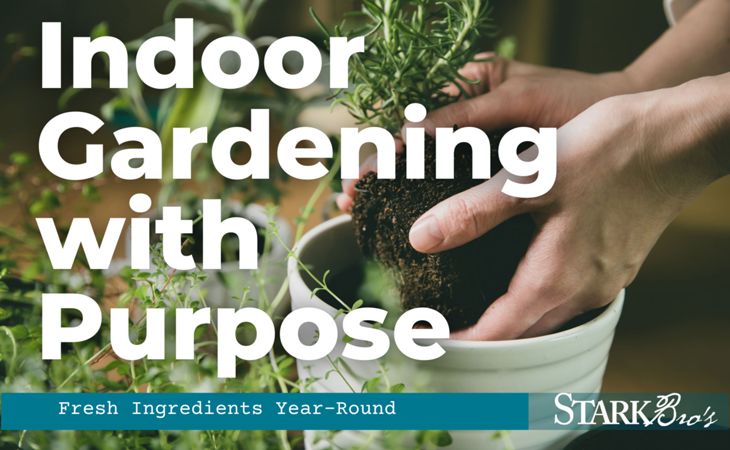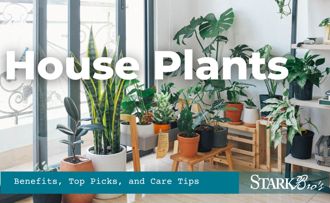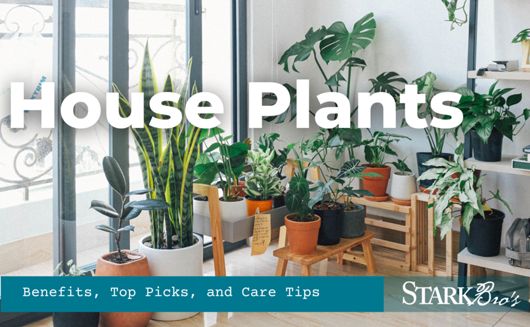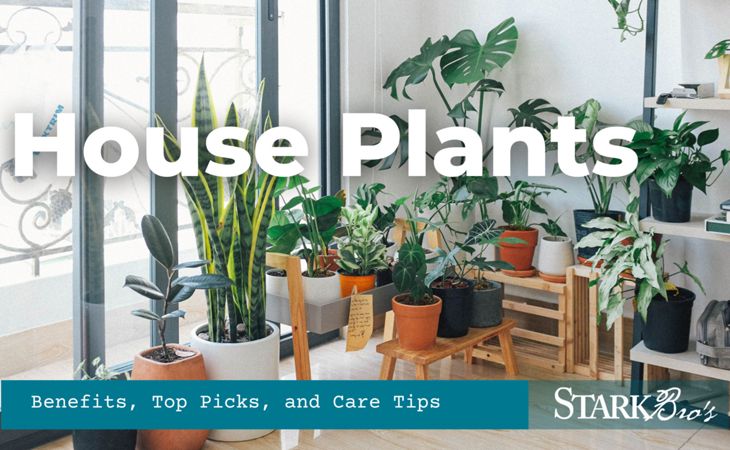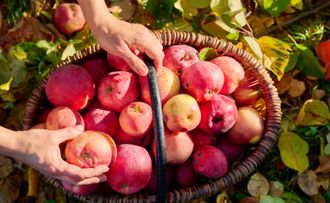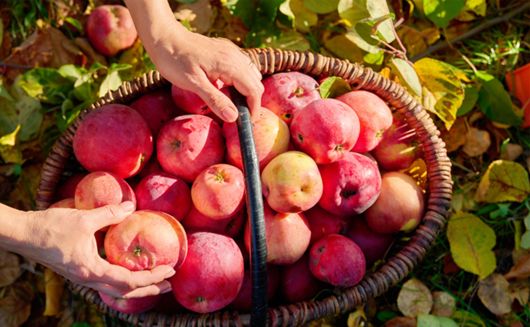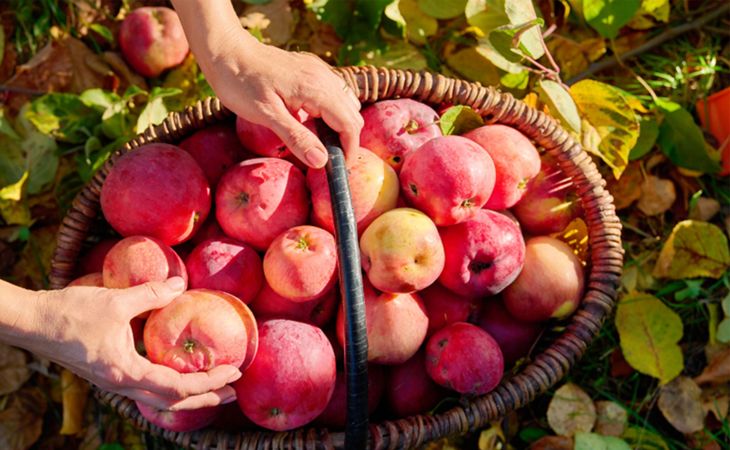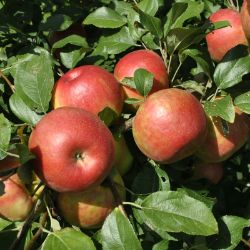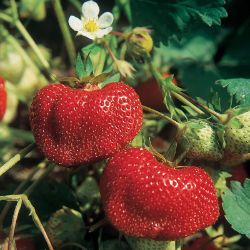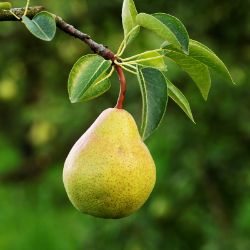How to Make a Kitchen Herb Planter
Creating a kitchen herb planter with rosemary, basil, and mint is a fantastic way to have fresh herbs at your fingertips for culinary use. This setup is ideal for those with limited outdoor space or anyone looking to enhance their cooking with homegrown flavors. Here’s a comprehensive guide to setting up and maintaining a thriving kitchen herb planter:
Benefits of a Kitchen Herb Planter
1. Convenience: Having fresh herbs within reach while cooking allows for easy access to flavorful ingredients.
2. Space-Saving: Perfect for small spaces like windowsills, balconies, or kitchen countertops.
3. Aesthetic Appeal: A lush herb planter adds greenery and a pleasant aroma to your kitchen environment.
Choosing and Preparing the Soil
1. Soil Type: Use a high-quality potting mix that is well-draining and rich in organic matter. Herbs prefer soil that is not too dense, allowing for proper air circulation and water drainage.
2. Soil Preparation: Mix in some perlite or coarse sand to improve drainage if needed. A small amount of compost can also be added to provide nutrients.
Planting the Herbs
1. Rosemary: Place rosemary at one end of the planter. Rosemary is a woody perennial herb that prefers well-drained soil and full sunlight. It can grow quite large, so give it some space.
2. Basil: Plant basil in the middle of the planter. Basil is an annual herb that thrives in warm, sunny conditions and prefers consistently moist soil. It grows quickly and should be harvested regularly to encourage bushy growth.
3. Mint: Position mint at the other end of the planter. Mint is a vigorous perennial that spreads quickly. To prevent it from overtaking the other herbs, you can plant it in a separate small pot within the larger container or regularly trim back its growth.
Care and Maintenance
1. Watering: Water the herbs when the top inch of soil feels dry. Basil and mint require more consistent moisture, whereas rosemary prefers its soil to dry out slightly between waterings. Ensure the container has good drainage to avoid waterlogging.
2. Light: Place the planter in a location that receives at least 6-8 hours of direct sunlight each day. A sunny windowsill or a spot under grow lights can work well.
3. Pruning and Harvesting: Regularly prune the herbs to encourage healthy growth and prevent them from becoming leggy. Harvest leaves as needed, starting with the outermost ones. For basil, pinch off the tops to promote bushier growth. Remove any flowers that form to keep the plants focused on producing leaves.
Advantages of Growing Rosemary, Basil, and Mint Together
1. Culinary Diversity: These three herbs cover a wide range of culinary uses, from Mediterranean and Italian dishes (rosemary and basil) to refreshing drinks and desserts (mint).
2. Complementary Growth Habits: While rosemary grows upright, basil tends to bush out, and mint spreads horizontally. This combination maximizes the use of space within the planter.
3. Aromatic Appeal: The combined fragrances of rosemary, basil, and mint can create a delightful aromatic experience in your kitchen.
A kitchen herb planter with rosemary, basil, and mint is a practical and attractive addition to any home. By selecting the right container, using quality soil, and providing proper care, you can enjoy fresh, flavorful herbs year-round. This setup not only enhances your cooking but also brings a touch of nature and a pleasant aroma to your kitchen space.
- Article Categories:
- How To Grow
- Ideas & Inspiration
- Winter Gardening





